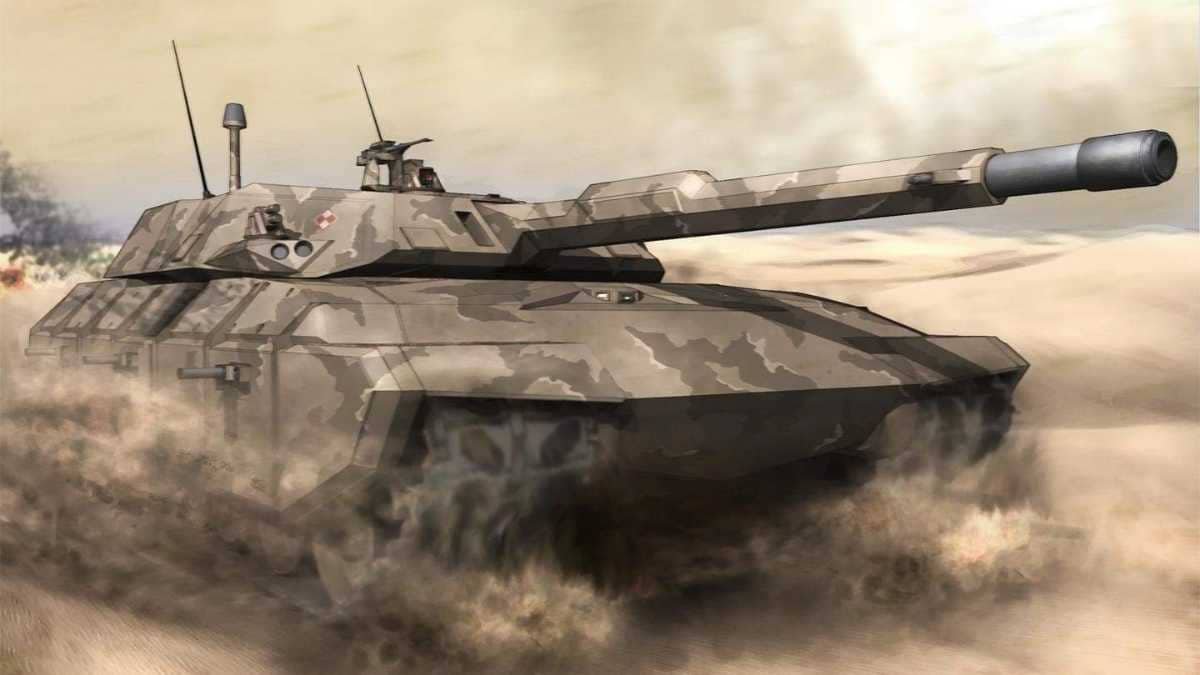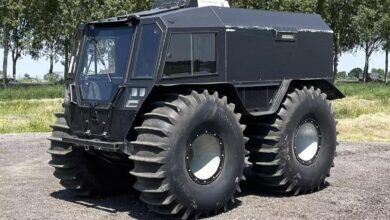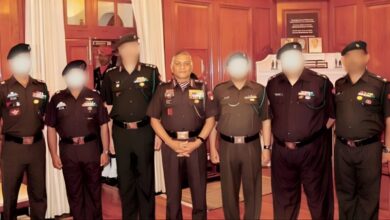FRCV: Future Tanks Of India?

Recently, the Government of India has released a Request For Information (RFI) for inviting responses from foreign OEMs (Original Equipment Manufacturers), to develop a multi-purpose Future Ready Combat Vehicle (FRCV). These FRCVS will form a base of requirements of Main Battle Tanks (MBT) of the Indian Army in the future.
In conformity with the emerging future threat spectrum and the technological advancements, the Indian Army intends to induct a new ‘state-of-the-art ‘technology enabled’ tank to operate in varied terrain profile (High Altitude Areas, Plains/Riverine, Deserts/Semi-Deserts) across the current and future spectrum of conflict, which will remain in service for the next 40-50 years as the ‘Main Battle Tank’ of the Indian Army.
Today in this article we will discuss in detail the proposed RFI, what are the expectations of the Indian Army from the FRCV? who are the possible contenders?. And we have many more other things to discuss………….. let’s start……………….
About the proposed RFI
RFI is a set of processes through which a defence item is purchased. First, the defence forces release an RFI to know about possible sellers. After extensive testing of their equipment, the deal is finalized and then the equipment enters into mass production.
Indian Army intends to procure 1770 new generation ‘Future Tank’, namely FRCV for replacing its existing fleet of T-72 tank. These tanks are expected to be inducted in phased manner, with first induction will be by 2030.
The Indian Army requires a state-of-the-art Main Battle Tank (MBT), to replace the existing tank fleet. It would be required to operate across developed / semi-desert/desert terrain and in high-altitude areas across the entire spectrum of conflict. It will be a technologically enabled futuristic tank to cater to current and future operational requirements beyond the year 2050.
The Indian military intends the FRCV system to be a platform for as many as 11 different tracked vehicles, including light, tracked, wheeled, bridge layer and trawl tanks, self-propelled howitzers (SPH), air defense guns, artillery observation post, and engineering reconnaissance vehicles, and armored ambulances.
What Is Expected From FRCV?

The following are requirements of Indian Army from its future Main Battle Tanks.
- Mobility
- Medium Weight Class (45-50 Tons)
- High Power to Weight Ratio
- Low NGP (Nominal Ground Pressure)
- High Operating Range
- Firepower
- Main gun capable of firing a variety of ammunition, including ATGMs.
- Secondary weapon system to cater for alternate threats like different types of aerial attacks from UAVs, helicopters, etc.
- 120/125-millimeter main gun (firing 6-8 rounds per minute), coaxial machine guns, as well as an anti-aircraft machine gun
- Capable of engaging low flying manned and unmanned aircraft.
- High First Round Hit Probability and High Lethality under dynamic engagement conditions
- Integrated day-night vision devices for complete crew incorporating fusion technology and 360-degree panoramic view for Commander
- Full solution Fire Control System with auto multi-target tracker system & ‘hunter-killer’ concept
- Survivability
- Technologies to enable high survivability, including passive, active, reactive and ballistic protection and stealth/signature management technologies catering for a variety of threats faced
- Integrated Fire Detection and Suppression System (IFDSS)
- Miscellaneous
- Operability in all-terrain / weather conditions
- In service Navigation System In-service BMS (Battlefield Management System), enabled to fight in a network-centric environment
- Ability to operate in a Chemical Biological Radiological Nuclear (CBRN) & Electronic Warfare (EW) environment
- Fording capability (capable to cross river or steam at shallow place)
- Air transportability, rail transportability based on in-service aircraft and rail infrastructure, and tactical mobility over existing bridges
Induction Of FRCV In Service
The FRCVs are planned to be inducted in a phased manner to ensure delivery of FRCV platforms in synch with technological advancements. The phased induction will cater for the following aspects :-
- Initially, limited quantities are planned to be inducted that will assist in product improvement of the subsequent induction based on performance and feedback
- As rapid pace of technological advancements are now taking place every three-four years, and is bringing in new systems and concepts. The phased induction will thus cater for this aspect and facilitate product improvement / upgradation and delivery of FRCV platforms in synch with technological advancements
Why Arjun Tanks Are Not Considered?

The development Arjun Tanks begin in the 1980s to provide an indigenous option for the Indian Army. The program delayed very much due to many hurdles like non-availability of spare parts, financial burden, etc. It was once supposed to provide the role of MBT, but now the army only operates in only a few numbers.
There are many reasons for reluctance in inducting Arjun Tanks by our army, you can read a detailed article here.

Considering the current scenario regarding the Indo-China confrontation, the army needs lighter tanks, capable of operating in high-altitude terrains like in Ladakh. Those tanks should have good mobility and maneuverability, which are capable of operating from the desert plains of Rajasthan to the mountains terrains of Ladakh. Arjun Tanks are bulkier and much heavier, which makes it difficult to operate from areas like Ladakh.
Available Options for FRCV
Indian Army is especially interested in keeping the weight of the tank at around 50 tons (plus or minus 5 tons, according to the RFI), which will automatically exclude heavier foreign MBTs (e.g., the German Leopard II and U.S.-made M1-Abrams) from competing in the global tender. According to some media reports, the Indian MoD will especially look at four foreign MBT models: the Russian T-14 Armata, the Ukrainian T-84 Oplot, the French Le Clerc, and the South Korean K2 Black Panther.
Considering the operationalizing of Russian tanks, the Indian army is well versed with it. The current tanks in our weaponry, are of Russian origin. Also considering the mobility of the Russian tank, they are the best in the world. The mobility of Russian tanks will also fulfill our required operationalization in high-altitude areas. Thus, the most likely tanks to be procured by the army will be the Russian T-14 Armata.





